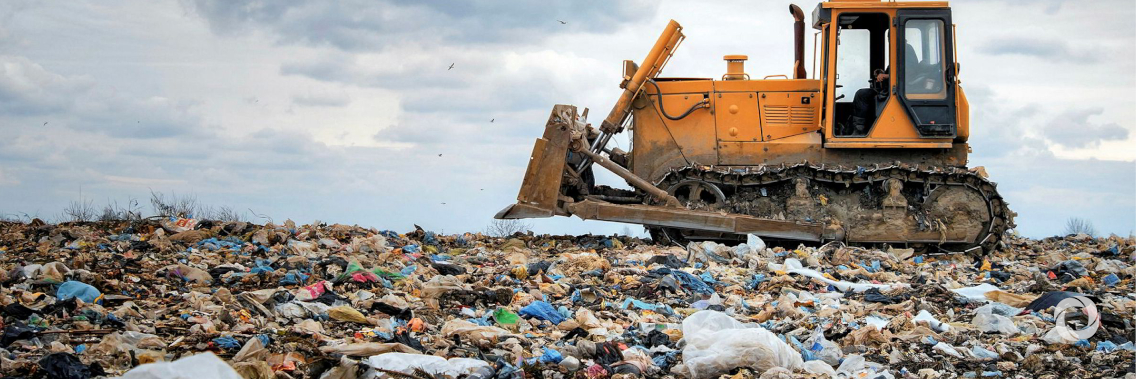Every year, the world generates more than two billion tonnes of trash. Even against the backdrop of a global pandemic, there is much being bought and sold, things are used and discarded.
People tend to forget about the things they have thrown “away”– as though they cease to exist when we are finished using them. But material goods don’t just disappear, their environmental impact lingers.
Dumpsites produce methane as organic waste decomposes – particularly in the absence of oxygen. They are the third-largest source of human-generated methane – a greenhouse gas that is 28 times more potent than carbon dioxide and a major accelerator of climate change.
Landfills are no better. “Because they are deeper and designed to store more waste, oxygen is even less present and conditions are ideal for anaerobic decomposition,” explains Sandra Mazo-Nix, Waste Initiative Coordinator at the UN Environment Programme-hosted Climate and Clean Air Coalition.
The World Bank estimates that one-third of the waste generated is not safely managed. Where waste collection and disposal services are lacking, waste may be dumped in open, unmanaged areas where it is usually burned. Open waste-burning causes the release of black carbon – a key component of fine particulate matter (PM2.5) that penetrates deep into the lungs and bloodstreams, with adverse health impacts.
The World Health Organization estimates that about 7 million people die every year from exposure to fine particles and the diseases and respiratory infections they cause. And conditions such as asthma and chronic lung disease may also increase vulnerability to COVID-19. By 2050, as the global population nears 10 billion, waste will amount to a projected 3.4 billion tonnes every year.
“It’s not just a sanitation problem,” says Mazo-Nix. “Waste is a symptom of inter-affective issues relating to human behaviour, access to resources, competing priorities, political will and social justice – among other things.”
High-income countries contribute about 34 percent of the waste produced, worldwide – even though they represent only 16 percent of the population. But as incomes increase, so does waste production, and contributions are expected to change in the years to come. By 2050, waste-generation in low- and middle-income countries anticipated to increase by 40 percent and in high-income countries by 19 percent.
Mazo-Nix is adamant that, “waste needs to be seen holistically.” And while the world moves toward a circular economy – with sustainable products and new ways of living – the transition is possible.
Original source: UNEP

